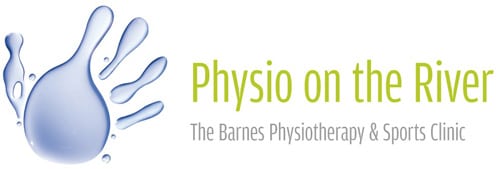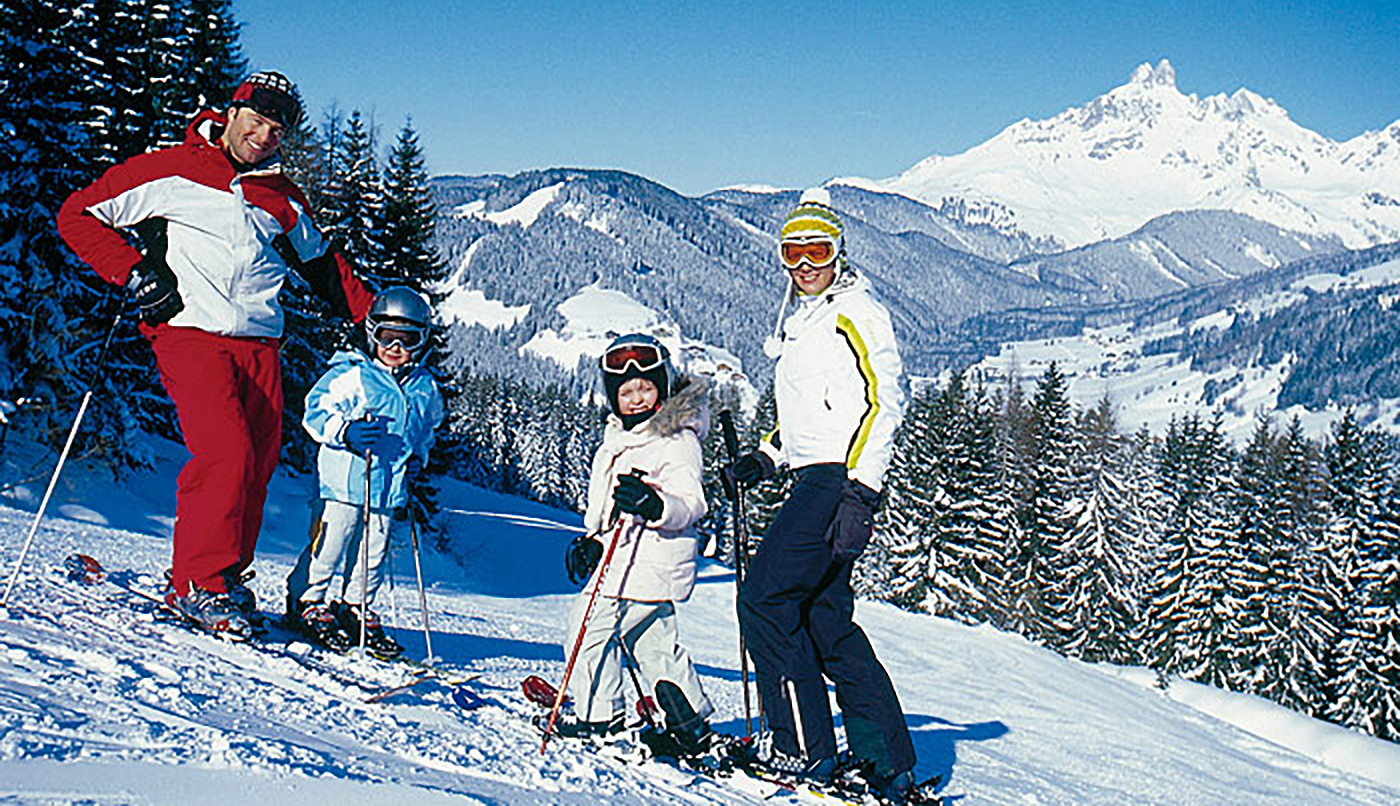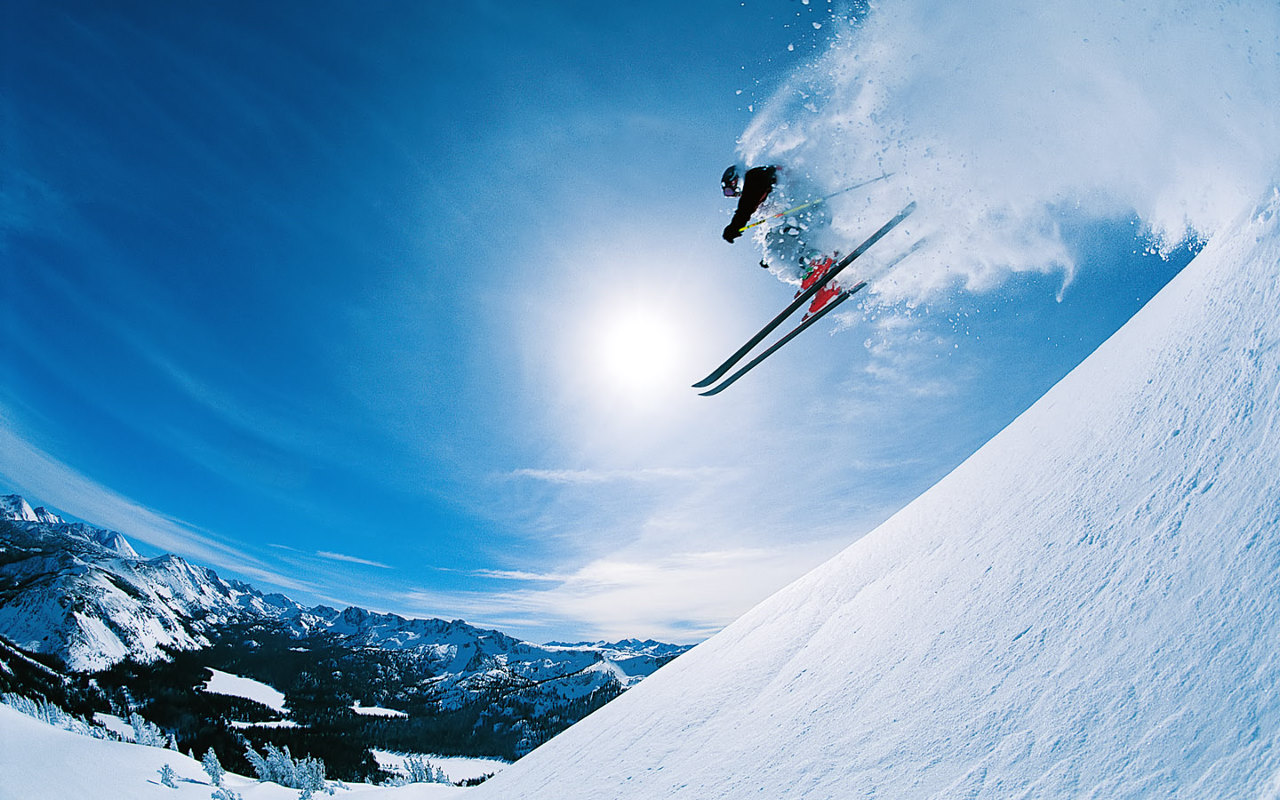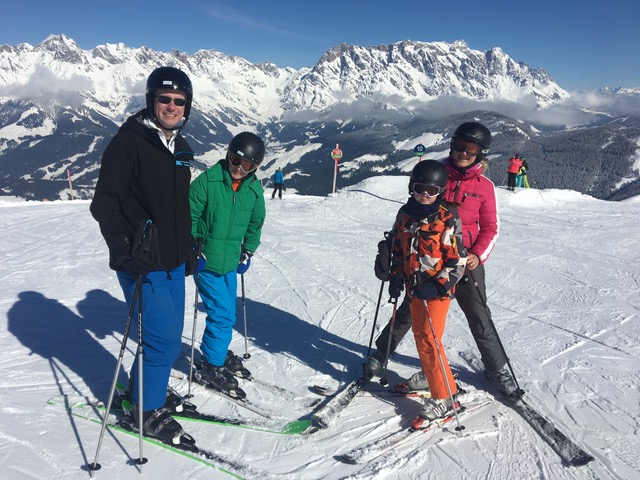It’s not too late to’Get Fit to Ski’ this Spring
ONE DAY, SKI-ING, FOR SOME, IS A SERIES SPORT. FOR OTHER, IT MAY BE AN ADRENALINE RUSH. HOWEVER FOR MOST OF US IT’S A MUCH NEEDED WINTER BREAK. IT IS, ABOVE ALL, A DEMANDING ACTIVITY AND PLACES HIGH DEMANDS ON OUR BODIES, ESPECIALLY THE LEGS AND KNEES.
Injuries can occur for many reasons, but what we know for sure is that when you are more conditioned for an activity, you are able to significantly reduce the level of risk you are exposed to.
With this in mind, we are running a six-week program of strength and conditioning in preparation for your ski trip. In this blog we will be explaining the various knee injuries that can occur and offering some useful preventative advice.
40% of skiing injuries are to the knee. The binding release mechanism on skis has caused a successful reduction in broken bones, but there is no protection for the knee ligaments or cartilages. The three most frequently injured structures are the medial collateral ligament – at risk in the snow plough position, the anterior cruciate ligament and the meniscus or cartilage usually injured when bending and twisting. When you injure all three this is called the ‘unhappy triad’.
People particularly at risk are unfit recreational skiers taking their annual ski holiday and fatigue is one of the biggest factors. Does this sound familiar?
As with all sports, just playing that sport is not really enough to optimise performance or manage the risk of injury well. Participating in conditioning exercises that incorporate many different areas of fitness – aerobic, strength, balance, co-ordination and flexibility for example, will give you the necessary all round skills to ski well and stay injury free. Our aim is to promote prevention rather than cure wherever possible, however our team of physios and sports therapists are here to help you should anything happen.
How can I prevent these injuries?
We strongly recommend attending the ‘Get Fit to Ski’ programme – we have designed a six week course to help you prepare in time for a late Spring holiday. (If you need to fast-track, please speak with one of our team.)
Here are some other hints and tips we have put together
- Pre-season quadriceps strengthening
We recommend building up the thigh muscles using the stepper or bike and weights machines. To improve endurance keep the number of repetitions per set, quite high (approximately x20). - Core stability and balance exercises
It’s essential to have good control of your trunk, pelvis and hip muscles and Pilates exercises are excellent for this – we run Pilates classes in our studio here. Having quick reactions and good balance will help you cope with that unsuspecting mogul. Swiss ball exercises are a great way of improving balance. - Recognising dangerous situations
Don’t try to get up until you have stopped sliding. Don’t jump unless you know how to land. Keep knees soft when you fall to cushion the impact. - Preventing fatigue
Pacing yourself during the day’s skiing will help prevent fatigue. For example, warm up on an easy slope and take short regular breaks for refreshments. Remember, injuries are most likely to happen first thing in the morning when you’re cold and in the afternoon when you’re tired – particularly 3pm on the 3rd day of skiing. - Après Ski
No, not the drink at the end of the day. We recommend carrying out a thorough stretching routine to help the muscles relax and recover. Important muscles to stretch are quadriceps, calves, hamstrings, glutes, lower back and hip flexors. - Equipment
It is very important not to ‘make do’ with loose or ill fitting bindings or the wrong type of ski for your experience and skill level. A bit of time spent hiring or buying the right equipment is a must.
Should the worst occur – how do I quickly access treatment?
Accurate diagnosis and treatment is essential in ensuring that any injury recovers as quickly and successfully as possible.
Many injuries are not severe enough to require surgery and will get better with Physiotherapy. We can help reduce the swelling, restore the normal movement of the knee and strengthen the surrounding muscles so that some stability is restored. However, some injuries will require surgery and, here at Physio on the River, we have excellent links to specialist ski Consultants for fast referral.
If you need any help with this or you’d be interested in booking yourself onto our ‘Get Fit to Ski’ course before your next trip, please see contact details below. Our Physios are always happy to chat about a problem on the phone before booking an appointment and you can always reach us on 020 8876 5690 or pop by in person.






